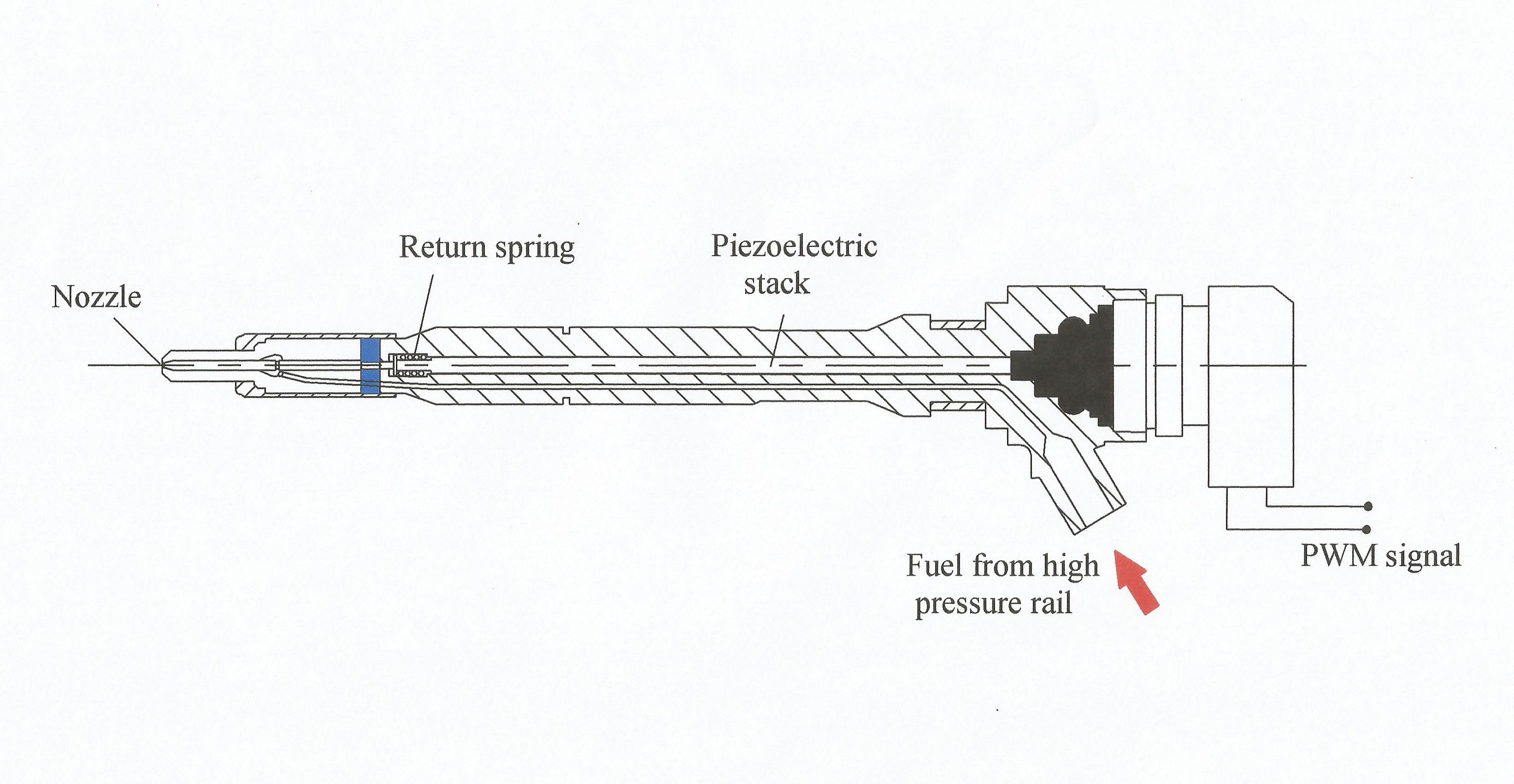The gasoline direct injector
The benefits of injecting fuel directly into the cylinder have been understood for many years, but so too have the technical difficulties. Better volumetric efficiency and the ability to inject the fuel exactly where it is wanted at precisely the correct time in the engine cycle are the upsides. The physical difficulties of installing the injector, the fuel pressures needed and the temperature of the injector tip are some of the downsides. As long ago as the early to mid-1950s, Mercedes proved that a direct injection (DI) system could work in a gasoline engine – and work well – and these days it is inconceivable that anyone would design a race engine that used anything else. So what, you may ask, has changed over the past 60 years? In short, much, yet at the same time very little!
That original Mercedes-Benz engine was very unusual, to say the least. An inline eight-cylinder with desmodromic valve gear, a fabricated roller bearing crankshaft but with only two valves per cylinder, the engine still delivered around 290 bhp at 8500 rpm (116 bhp/litre) on a rather exotic fuel blend. Remarkable for its impressive low-speed torque, the fuel was injected mechanically through the side of the cylinder, angled upwards at 12.5º, immediately below the intake valve. Injecting on the induction stroke at a fixed 30º after top dead centre and continuing for another 160 crank degrees until just after the intake valve closed, the mixture was fired by two rather large 14 mm spark plugs.
Sixty years later, fuel systems are wholly electronic (in so far as their timing and control) but in terms of actual combustion the principles are still very much the same – the fuel needs to mix with the air and not go onto the cylinder walls. The only real difference therefore is how we go about that, but with four valve combustion chambers, centrally mounted spark plugs, more compact combustion chambers and higher engine speeds, the challenge is all the greater. And while early DI injectors may have been described as ‘wall-guided’ – where the fuel is sprayed onto the piston crown and evaporates off it – more modern systems tend to be spray-guided, where a series of up to 12 small, almost micron-sized, holes in the nozzle of the injector ‘atomise’ the fuel into the air through a series of spray cones.
Injected at fuel rail pressures up to 230 bar to achieve the flow rate necessary against the cylinder pressure, the task is to match the flow rate of the fuel to that of the incoming air. So while the Mercedes engine will have injected a constant rate of fuel to deliver the power, modern injectors with response times of 0.4 ms or less can be pulsed to suit the instantaneous air flows in the cylinder. And while engineers in the past may have intuitively estimated (read ‘guessed at’) the flow conditions in the cylinder, these days the intelligent use of computational fluid dynamics together with combustion models can supply a closer approximation.
So while the principles are still the same, the digital revolution in both control and simulation is the enabler.
 Fig. 1 - So-called ‘second generation’ piezoelectric direct fuel injector
Fig. 1 - So-called ‘second generation’ piezoelectric direct fuel injector
Written by John Coxon